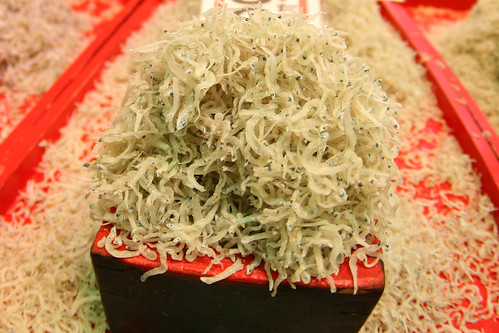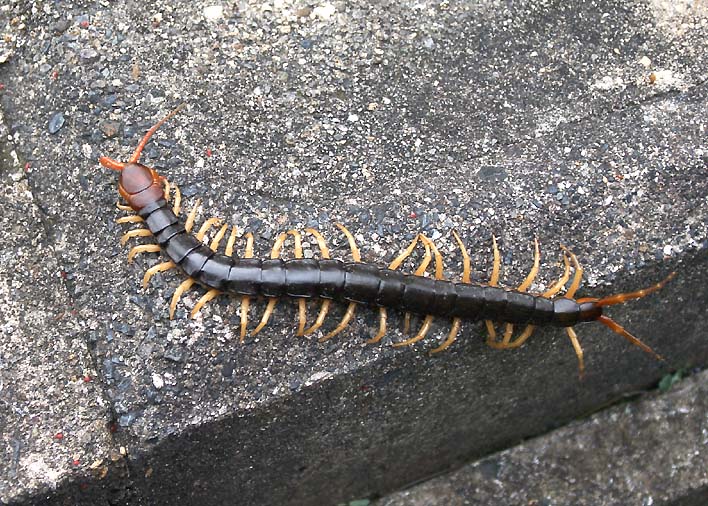When I was informed my placement in Shimane, Japan, in the tiny town of Okuizumo , I was completely dumbfounded. "WHAT? I asked for Hiroshima or Kyoto. I'm a Japanese major and I haven't even heard of Shimane. What are you people doing to me?" But upon doing a little more digging, I found out that this town is famous for a very traditional kind of ironwork known as tatara. Any Hayao Miyazaki fans out there will probably know this word from the movie "Princess Mononoke". Not only that, but in Okuizumo lives a man named Akira Kihara, a man designated a National Living Treasure by the Japanese government, a man featured in the PBS documentary "Secrets of the Samurai Sword", one of the last murage or tatara masters in the world. In two words: flippin' sweet. Needless to say this information more than took the edge off this news. I made sure when Tatara was to be done in Okuizumo that I got in on it.
So I was scheduled to do tatara along with the elementary students of Okuizumo on November 26th and 27th- two full days of iron-y goodness. Thursday was preparation. On Thursday all the fifth and sixth graders from the six schools in Yokota area came to participate. Students were divided into three groups: brick making, kiln building, and charcoal chopping (nice gerunds, Natalie!).
When the students arrived they were given a tour of the area and a brief explanation of the day's
 proceedings. Then they were lead off to their first activity: sorting the sand. In America most of our raw iron is in rock form; in Japan its mostly found in sand form- a material called 砂鉄 satetsu or literally "iron sand". Iron sand can be found everywhere in Japan. But in the mountai
proceedings. Then they were lead off to their first activity: sorting the sand. In America most of our raw iron is in rock form; in Japan its mostly found in sand form- a material called 砂鉄 satetsu or literally "iron sand". Iron sand can be found everywhere in Japan. But in the mountai ns of Okuizumo satetsu has a ridiculously high ratio of iron: 90% iron and 10% sand. This satetsu is dug from the mountains with shovels and brought to the tatara house in buckets. These two buckets of satetsu are 30 kilos each- that's 66 lbs. They poured them into this small man-made creek and raked the sand. The lighter sand ran down the creek and into the natural river, whereas the heavy iron stayed put. The goal of this station was to clean away most of the sand from the iron- making a 99% iron mixture. We then shoveled the mostly iron mixture back into the buckets. How much did the same volume of satetsu now weigh after the sand was taken out? 40 kilos- 88 pounds. Darn, is iron heavy.
ns of Okuizumo satetsu has a ridiculously high ratio of iron: 90% iron and 10% sand. This satetsu is dug from the mountains with shovels and brought to the tatara house in buckets. These two buckets of satetsu are 30 kilos each- that's 66 lbs. They poured them into this small man-made creek and raked the sand. The lighter sand ran down the creek and into the natural river, whereas the heavy iron stayed put. The goal of this station was to clean away most of the sand from the iron- making a 99% iron mixture. We then shoveled the mostly iron mixture back into the buckets. How much did the same volume of satetsu now weigh after the sand was taken out? 40 kilos- 88 pounds. Darn, is iron heavy.I started out the day by making fat bricks out of the most gravelly d
 irt substance known to man. Making these bricks was definitely easier said than done. Because the material really wasn't clay, just some weird dirt, they did not want to become bricks and continued to try and break apart. (Although the gravel hurt my hands, Kihara-sama maintained that my hands would be "as soft as plum blossoms" by the time the day was out. Nice.) Plus, the size required about 10 kilo blocks, which is a lot of material to handle for me let alone these elementary school kids and their tiny hands. My first few attempts were a massive fail, and both the brick supervisor and Mr. Fukuda-san laughed at me. So in order to save the dignity of blonde Americans everywhere I persevered and soon was making bricks with the best of them.
irt substance known to man. Making these bricks was definitely easier said than done. Because the material really wasn't clay, just some weird dirt, they did not want to become bricks and continued to try and break apart. (Although the gravel hurt my hands, Kihara-sama maintained that my hands would be "as soft as plum blossoms" by the time the day was out. Nice.) Plus, the size required about 10 kilo blocks, which is a lot of material to handle for me let alone these elementary school kids and their tiny hands. My first few attempts were a massive fail, and both the brick supervisor and Mr. Fukuda-san laughed at me. So in order to save the dignity of blonde Americans everywhere I persevered and soon was making bricks with the best of them.The next station was kiln buildin
 g, which was by far my favorite job. We got to take the fat bricks from the first station and start making the たたら堂 (tataradou) or たた窯 (tatarakama)- the earthen smelting furnace where tatara magic takes place. The first meter of the kama had to be packed very tightly and solidly with bricks. At lunch they burned a huge fire in the structure to harden the bottom bricks before continuing in the afternoon on the top layer, which could be built a little less like a tank. Both the inner opening and the outer perimeter was measured and built according to very strict and mysterious standards. The kiln supervisor kept measuring everything and shouting out instructions- scraping off excess material in some places and calling for extra in others. The kids did really well (I helped too- see my hands? That means I was helpful).
g, which was by far my favorite job. We got to take the fat bricks from the first station and start making the たたら堂 (tataradou) or たた窯 (tatarakama)- the earthen smelting furnace where tatara magic takes place. The first meter of the kama had to be packed very tightly and solidly with bricks. At lunch they burned a huge fire in the structure to harden the bottom bricks before continuing in the afternoon on the top layer, which could be built a little less like a tank. Both the inner opening and the outer perimeter was measured and built according to very strict and mysterious standards. The kiln supervisor kept measuring everything and shouting out instructions- scraping off excess material in some places and calling for extra in others. The kids did really well (I helped too- see my hands? That means I was helpful).The third and by far dirtiest station was charcoal chopping. The charcoal
 came in huge plastic bags, and when they poured out the contents I saw a material much unlike what you would use to grill hamburgers on
came in huge plastic bags, and when they poured out the contents I saw a material much unlike what you would use to grill hamburgers on July 4th. This was literally whole trees burned to charoal- I could make out limbs and trunks and everything. These ten year old kids were then trusted with axes and long sharp knivs and told to cut down the huge blocks to small managable pieces. Magically no one lost and fingers, although at this station we got charcoal up our noses and in our ears and eyes, despite or protective masks and goggles. (They love these surgical masks here, despite how completely useless they really are). By the end of the day we chopped over 150 kilos of charcoal- around 330 pounds. That's one big barbecue.
July 4th. This was literally whole trees burned to charoal- I could make out limbs and trunks and everything. These ten year old kids were then trusted with axes and long sharp knivs and told to cut down the huge blocks to small managable pieces. Magically no one lost and fingers, although at this station we got charcoal up our noses and in our ears and eyes, despite or protective masks and goggles. (They love these surgical masks here, despite how completely useless they really are). By the end of the day we chopped over 150 kilos of charcoal- around 330 pounds. That's one big barbecue.At this point I have a confession to make. Although I remembered my camera this day ( which I congratulated myself heartily for at first) I soon realized that I had forgotten my memory card, rendering the camera useless. Luckily everyone else took pictures and posted them on the second day, so the pictures you are gazing at are actually pictures of pictures from this board:

That's me in the bright blue fleece courtesy of Uniqlo and the bright pink boots courtesy of Mr. Fukuda-san . I even allowed them to make me wear one of the accursed masks for this occasion.
After the initial structure was built they installed pipes which were connected to the bellows. So by the end of the day our humble structure looked like this: 

As I said, flippin' sweet.
Look forward to part two: 本番 or The Real Thing!
Look forward to part two: 本番 or The Real Thing!











































